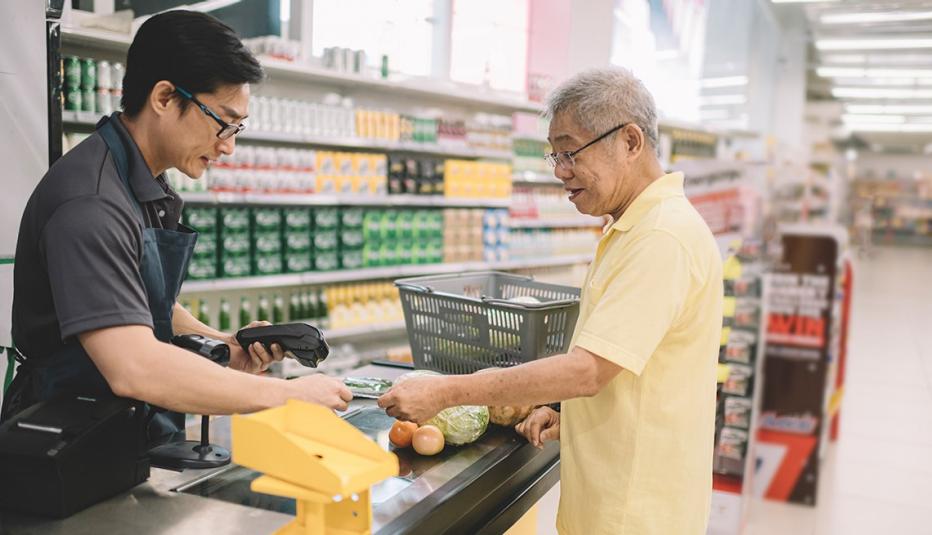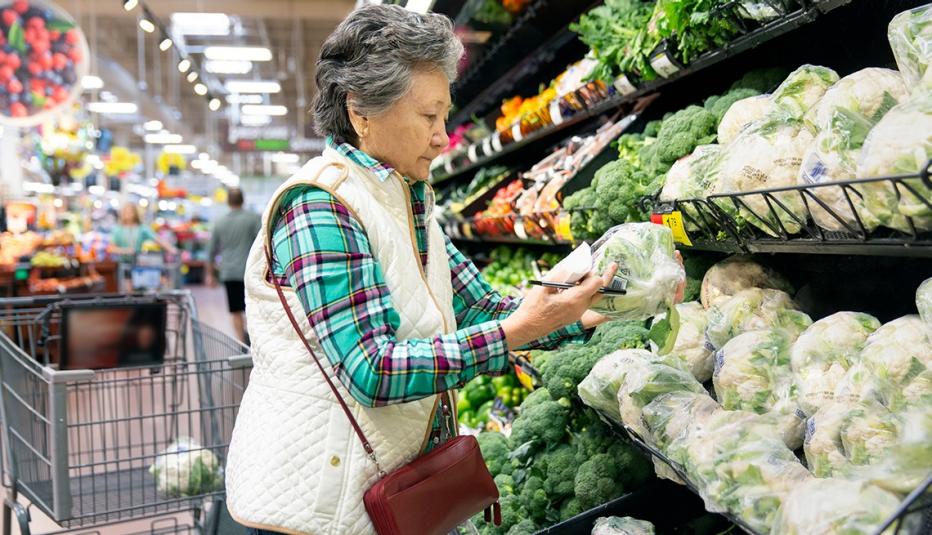AARP Hearing Center
In 2023, 12.6 million (or about 1 in 10) Americans ages 50 and older experienced food insecurity, meaning they had limited or uncertain access to adequate, nutritious food. Food insecurity prevalence rose in 2022 and 2023, following years of decline. Factors like high food prices and the end of pandemic-related benefits may have played a role. At the state level, food insecurity prevalence varies widely and has also changed over time.
Select a state, year, age, and race/ethnicity if desired. Hover over a state to view food insecurity statistics.
For the millions of Americans (including many midlife and older adults) who are at risk for food insecurity, the Supplemental Nutrition Assistance Program (SNAP) can be a lifeline. The program provides financial assistance to eligible low-income individuals and families to buy food.
Select a state to get data on SNAP enrollment, household characteristics, and benefits among households with adults ages 50+.
SNAP is linked to improved health outcomes, including reduced hospitalizations among low-income older adults. SNAP also reduces food insecurity and poverty. At the national level, SNAP lifts one in five adults ages 50 and older out of poverty. Regular SNAP benefits plus emergency allotments (temporary extra pandemic-era benefits) moved 35 percent of older households (nearly 3.5 million households) above the poverty level in FY 2022.
Select a state to see how SNAP participation lifts SNAP households with adults ages 50+ out of poverty in that state.
Despite SNAP’s importance, millions of eligible older adults are not enrolled in the program for reasons like perceived stigma, burden of applying, and expectations of low benefit levels. High levels of food among older adults highlight the need for protecting and strengthening SNAP, including ensuring adequate benefits, investing in outreach and education about the program, and streamlining application and recertification processes.


































































